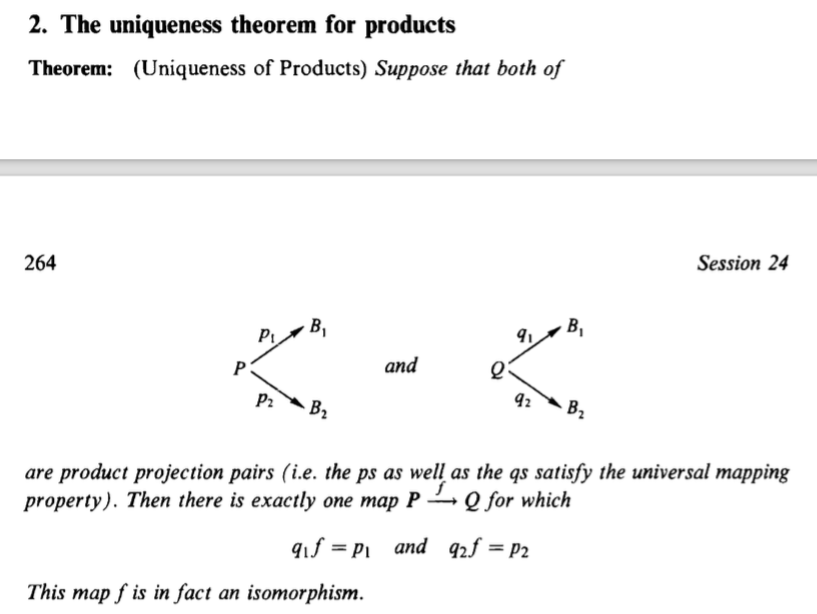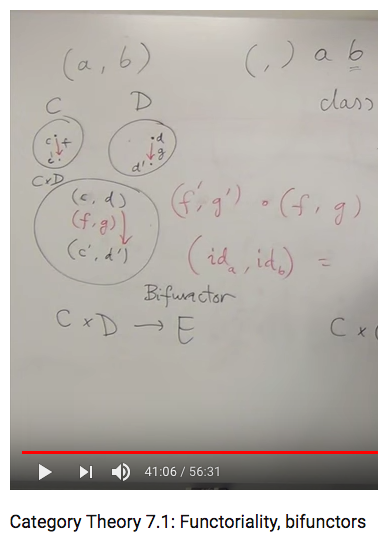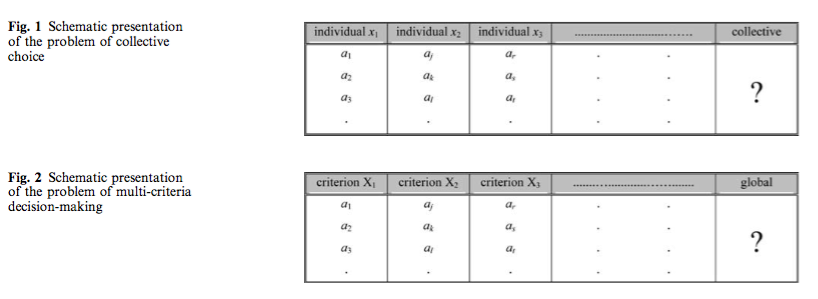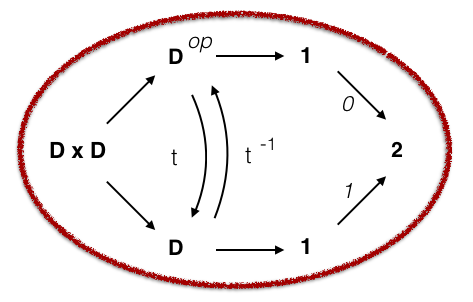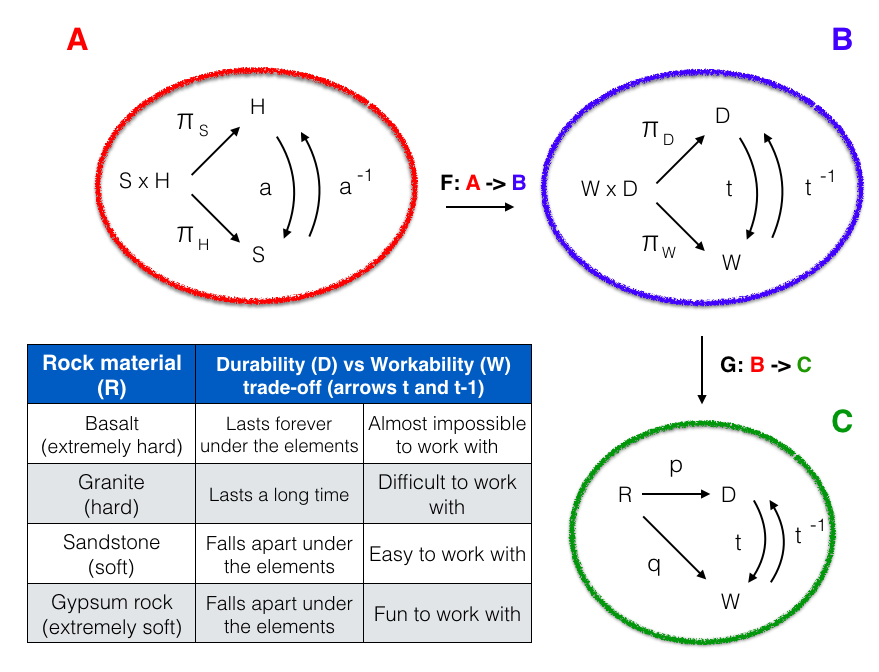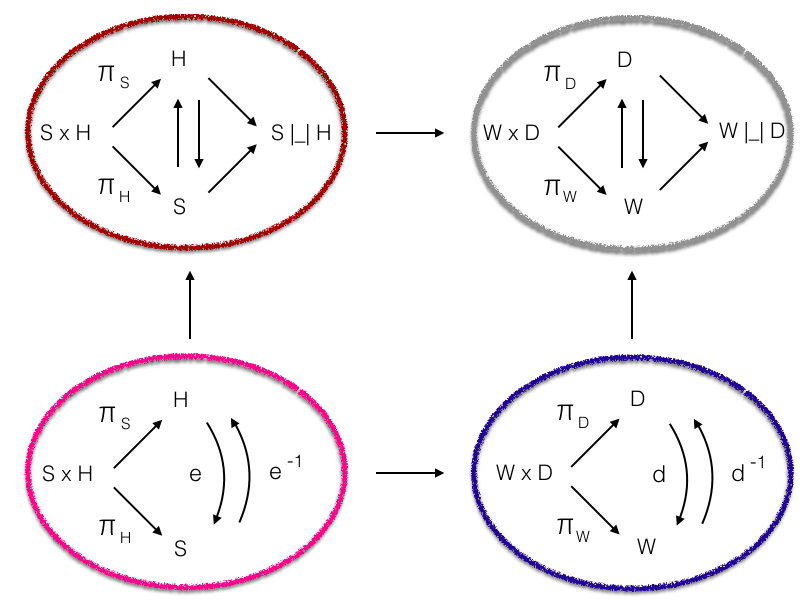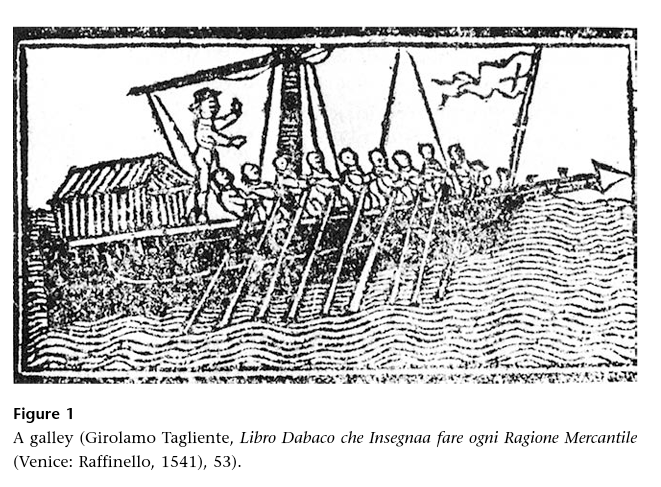
As a war machine in the relatively sheltered waters of the Mediterranean the galley was a great success. As a cargo carrying vessel, however, it had its drawbacks. Its carrying capacity was extremely limited. The features that made it a good war ship—it was slim and low and could carry a large crew that might repel boarders—were an impediment to the carriage of cargo (Lane 1973, p. 122; Denoix 1966, p. 142). Furthermore, the endurance of the galley was restricted by the size of its crew. It could not pass far from the sight of land and the possibility of water and provisions.
....
Accordingly, it is a paradigmatic case of the fundamental problem faced by system builders: how to juxtapose and relate heterogeneous elements together such that they stay in place and are not dissociated by other actors in the environment in the course of the inevitable struggles—whether these are social or physical or some mix of the two.
-- ibid

Three types of technological innovation were important.
-- The first of these took the form of a revolution in the design of the sailing ship in the fourteenth and early fifteenth centuries. ... a mixed-rigged seagoing vessel ( figure 2 ) that had much greater endurance and seaworthiness than its predecessors, one that was able to convert winds from many directions into forward motion. There were no rowers, so manpower was reduced, and it was thus possible to carry sufficient stores to undertake a considerable passage without foraging.
-- The second was the fact that the magnetic compass became generally available in Christian Europe in the late twelfth century. ... it allowed a reasonably consistent heading to be sailed in the absence of clear skies. Combined with dead reckoning and a portolano chart, 9 the magnetic compass took some of the guesswork out of long-distance navigation, and in particular it meant that the sailor did not need to hug the coast to have some idea of his location.
-- It was the invention of this circle, called the volta by the Portuguese, that marks the decisive third step. Ships were no longer forced to stay close to the coast. Cape Bojador, the classic point of no return, was no longer the obstacle it had previously been. The masters could sail beyond it and expect to be able to return.
The volta can thus be seen as a geographical expression of a struggle between heterogeneous bits and pieces assembled by the Portuguese system builders and their adversaries, that is, the winds, the currents, and the capes.
--
System builders seek to create a network of heterogeneous but mutually sustaining elements. They seek to dissociate hostile forces and to associate them with their enterprise by transforming them.
====
It looks like a battle of free monoids composed of different elements. Juxtaposition, i.e. the idea of the opposing system, makes a big difference here.

